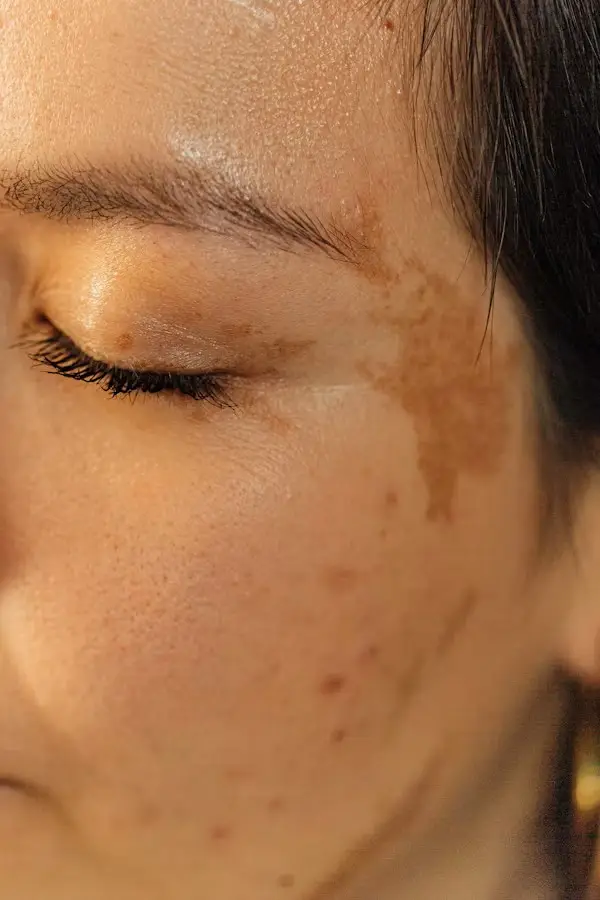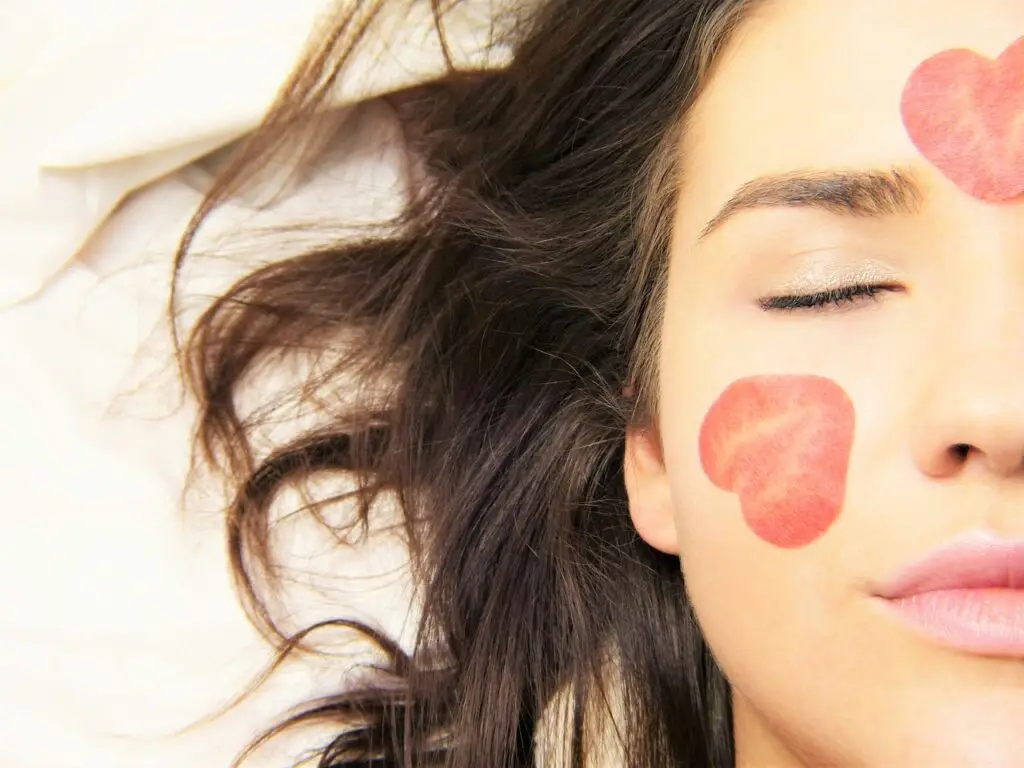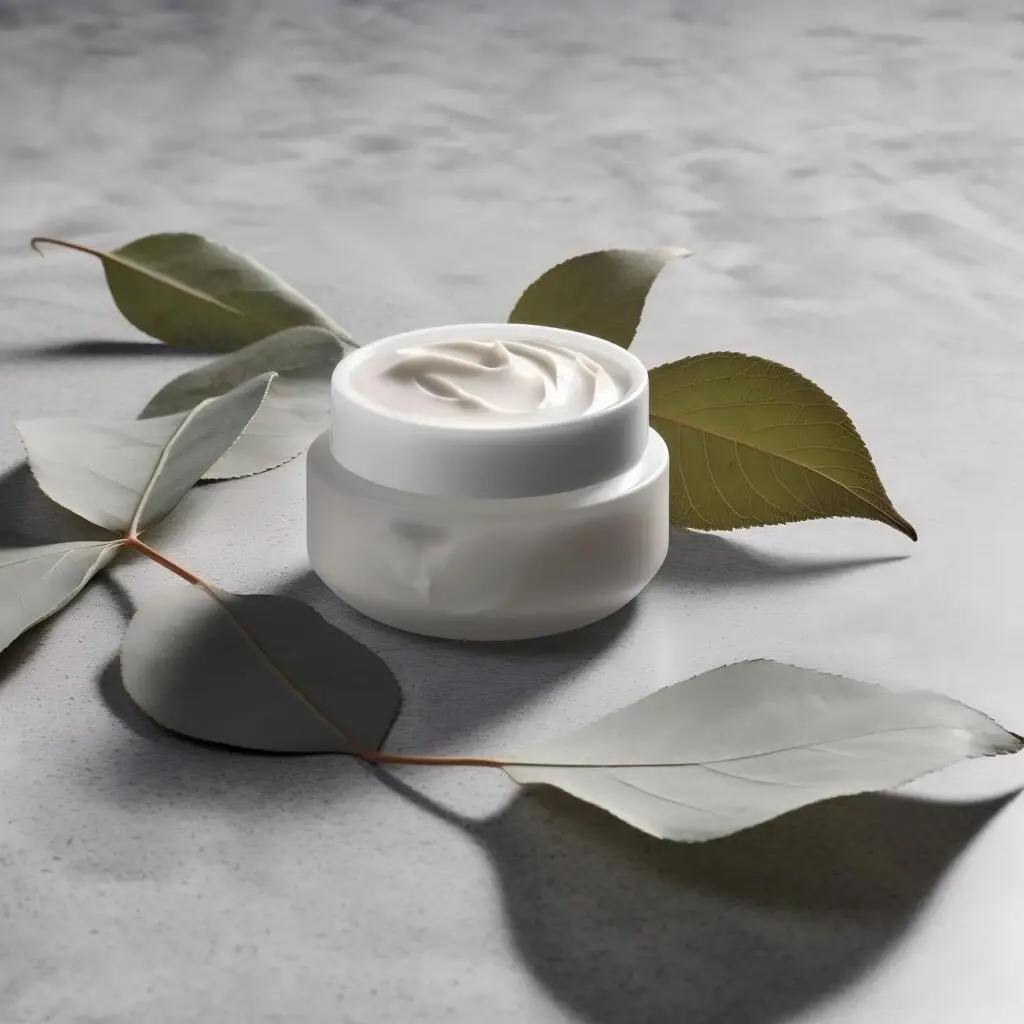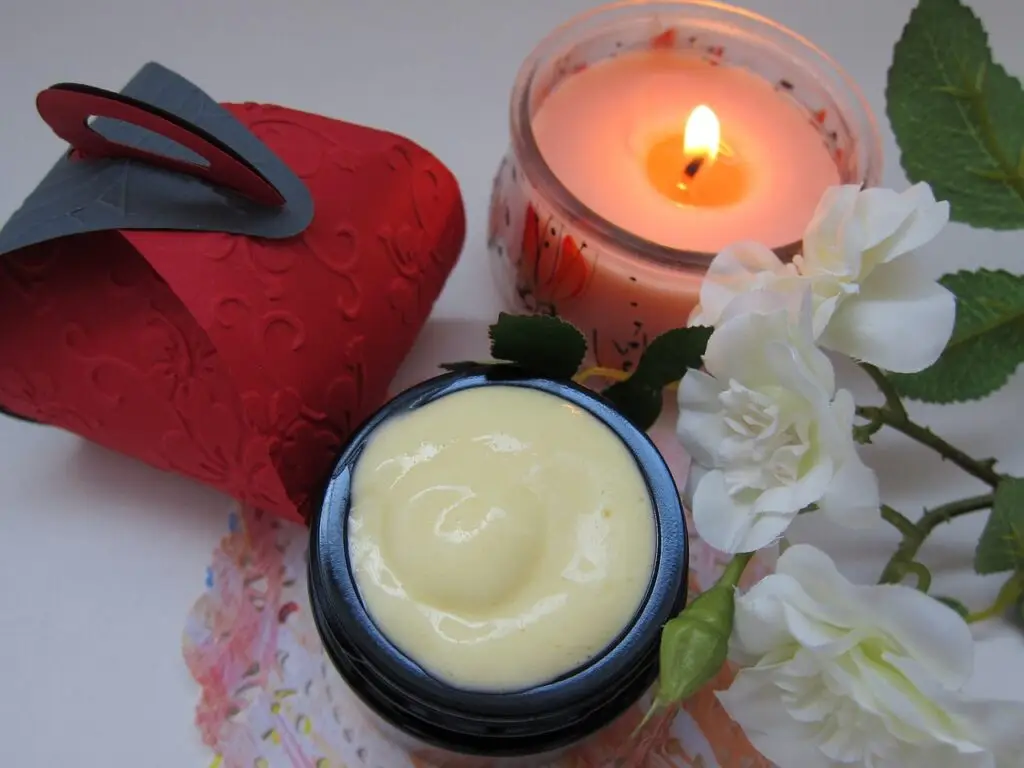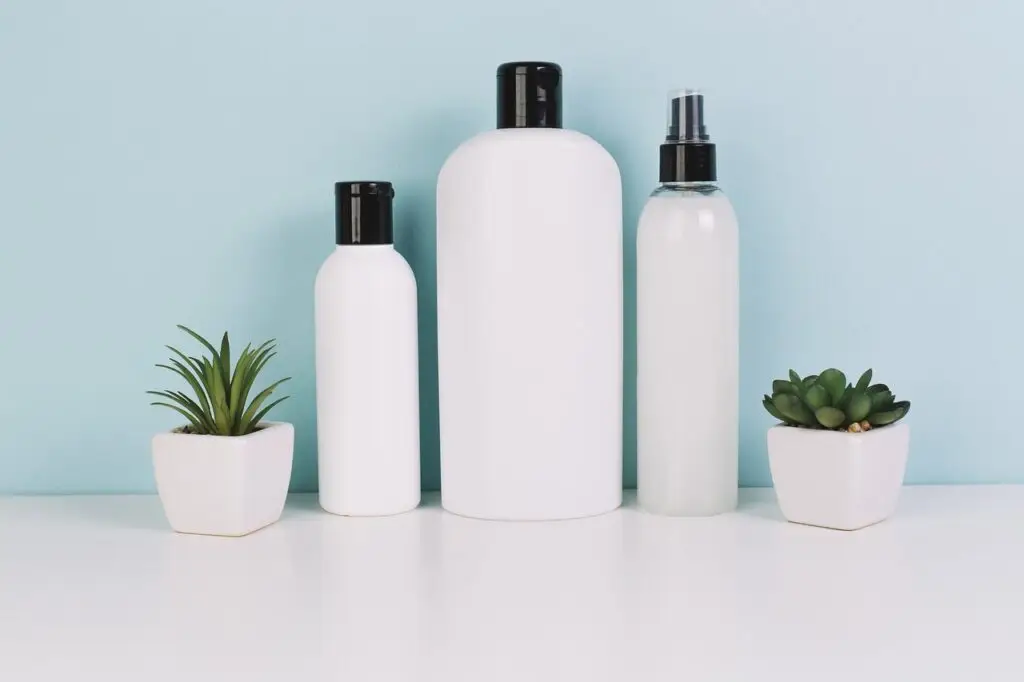Anxiety
Understanding Anxiety: A Gentle Guide to Healing From Within It’s no surprise that anxiety quietly finds its way into our lives. It arrives like an uninvited guest, lingering in the background, tightening your chest, making you question your worth, your decisions, and even your peace. Yet, understanding anxiety begins with realizing you are not broken — you are simply human, navigating a storm. Anxiety Whispers in the Quiet Anxiety isn’t always loud. Sometimes, it’s the ache behind your smile or the reason you cancel plans you once looked forward to. On other days, it might be the silent tension that never seems to ease, or the reason you lie awake, staring at the ceiling, wondering if everything will fall apart. Yet, if you listen closely, anxiety is also your body’s way of asking for safety, for a pause. It tells you that something needs love, not judgment. Therefore, the first step is not to fight it, but to sit with it, like an old friend who needs to be heard. The Weight of Anxiety and How It Feels At times, anxiety feels like carrying a backpack full of invisible bricks. Each thought, each worry adds weight. You go about your day with this load, smiling at the world, while inside, you’re begging for relief. Moreover, it often shows up unannounced. It doesn’t wait for a convenient time. It interrupts conversations, disturbs your sleep, and clouds your joy. Still, by acknowledging its presence, you start taking back your power. You Are Not Alone Though anxiety makes you feel isolated, please remember — you are not alone. Behind every quiet struggle, someone else is also trying to breathe through their own storm. Whether you’re a parent, a student, a dreamer, or a fighter, anxiety does not define you. It simply visits. In fact, some of the strongest hearts you know are carrying their own silent weight. That truth might not be visible, but it’s always there. So, when you feel the heaviness come, let it be a reminder: you are part of a vast, unseen community that understands. How to Cope When it Takes Over Even when anxiety wraps itself around your thoughts, there are gentle ways to find peace again. Consider these simple acts of self-love: Breathe With Intention: When anxiety builds, close your eyes and take five slow, deep breaths. This small act creates space between you and the panic. Speak Kindly to Yourself: Your inner voice matters. Replace “I’m failing” with “I’m trying.” Replace “I can’t” with “I’m learning.” These words are powerful. Ground Yourself in the Moment: Use your senses. What can you see, hear, touch, and smell? This helps bring your mind back from the “what ifs” to the now. Create a Safe Corner: Design a space at home that feels safe. Fill it with comforting items — a candle, a book, a blanket. Let it be your sanctuary when anxiety flares. Let the Tears Fall: Crying isn’t weakness; it’s release. If you need to cry, cry without shame. Emotions are meant to move, not stay trapped. Anxiety and Self-Compassion So often, we treat anxiety with frustration. But what if we treated it with compassion instead? Imagine the shift — from resistance to acceptance. Additionally, consider this: if you saw a child crying, would you yell at them to stop? Or would you kneel beside them and ask, “What do you need?” That child lives in you, too. Meet them with softness. When you give yourself compassion, anxiety loses some of its power. It transforms from a monster to a message. Small Habits That Bring Big Calm True healing doesn’t require grand gestures. Rather, it begins in the smallest routines: Morning affirmations: Begin the day with words like “I am safe. I am strong. I am doing my best.” Evening unplug: Turn off your screens at least an hour before bed. Let your mind rest. Nature time: Even five minutes outside can regulate your breath and ease anxiety. Light movement: Stretching, dancing, or simply walking shifts anxious energy out of the body. Consistency in these tiny rituals builds trust with yourself. And where there is trust, anxiety softens.. When Anxiety Feels Like Too Much There may be moments when anxiety feels too big to hold. During those times, reach out. Call a friend. Send a message. Visit a support group. Even a stranger’s voice can remind you that you’re still here, still breathing, still fighting. You don’t have to heal alone. In fact, you were never meant to. Anxious Heart When anxiety comes knocking, don’t hide the shaking hands. Let them open a window to where your courage stands. Let each breath be your anchor, each tear a cleansing tide. You are not weak, you’re healing. Let your brave heart be your guide. What to Remember When Anxiety Returns It may leave, but it sometimes returns. That’s okay. Healing is not linear. Progress isn’t always loud. It doesn’t have to be impressive to be real. Sometimes, it looks like getting out of bed. At other times, it looks like brushing your teeth. It might even look like crying in the shower and still facing the day. Moreover, every time you choose to stay, to try, to breathe again — you are healing. One step at a time. You Are More Than Your Anxiety Even if anxiety has walked beside you for years, it is not your identity. You are laughter, courage, stories still unfolding. Yes, anxiety shows up, but it does not get to write your ending. So be gentle. Be patient. Be proud. Every heartbeat, every tear, every small victory is proof: you are living, you are growing, and you are enough. And when it gets too loud, just remember — you’re not alone. Do read our blog post for more.




